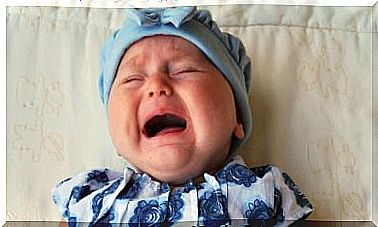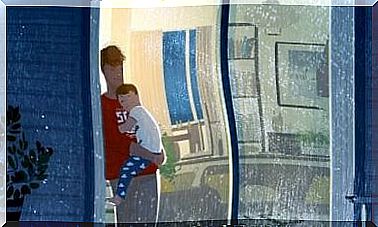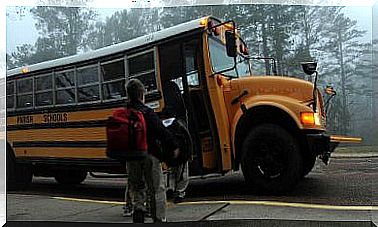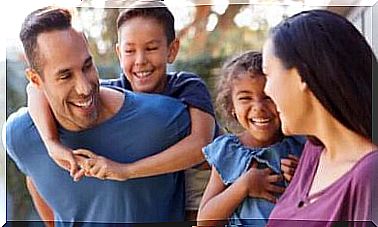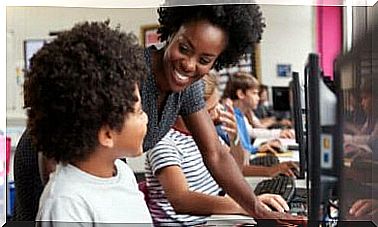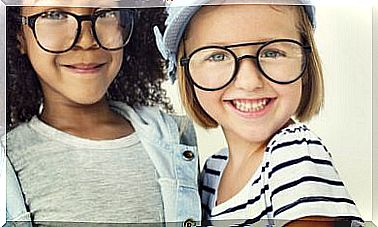How Do You Know If Your Baby Is Right-handed Or Left-handed?
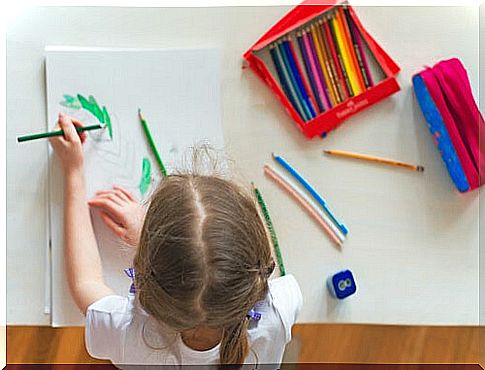
Right-handers are predominant in the population, only 15% of babies are left-handed. But how can we find out? There are some tactics and tests that can help you find out if your baby will be right-handed or left-handed. This does not mean that you can reach an exact conclusion, especially if your child is still very young. However, in the early years it is possible to begin to notice a tendency for the child to be right-handed or left-handed. Just be patient.
Some studies indicate that left-handed people tend to be smarter. However, it was once believed that left-handed people were unfortunate because of their more direct association with the “bad” side, that is, the left side. This side was loaded with negative connotations. Today we know that none of this will influence the baby to be “better” or “worse” as it is not related to other abilities or abilities.
How do you know if your baby is right-handed or left-handed?
Laterality is not defined until the child is at least 3 or 4 years old. After this age, she will begin to use the hand she is most comfortable with more often. This will not be immediate. Children can go through a transition process in which they use both hands. It is only from the age of 6, 7 years or so that you will be able to know your child is, in fact, right-handed or left-handed.
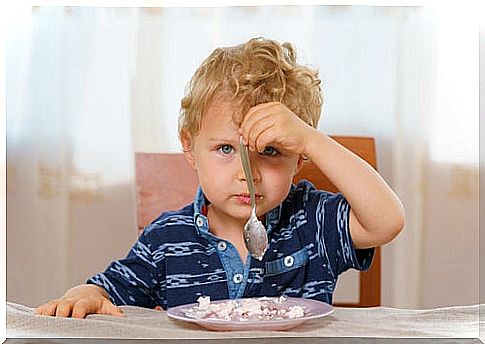
To find out if your child will be right-handed or left-handed, you can take the so-called “Harris test”, which checks the child’s laterality through their hands, feet, eyes and ears.
You must be very attentive and watch the movements carefully when the child performs the following activities:
With the hands:
- hit with a hammer
- throw a ball
- To brush your teeth
- comb up
- cut with scissors
- Write
- cut with a knife
- wind a watch
- Turn the door handle
- to strain a rubber ball
With the feet:
- Kick a ball
- go up a step
- turn on one foot
- keep balance on one foot
- lift one leg on a chair
- write a letter with the foot
- Jumping with one leg for 10 meters
- drive a ball 10 meters
- Take a ball under a chair
- First leg you use when losing balance
With the eyes:
- Activity using a 15 x 25 cm piece of cardboard with a 0.5 cm diameter hole in the center
- Kaleidoscope or camera
- Telescope
With the ears:
- talk by phone
- listen to the ground
- listen to the wall
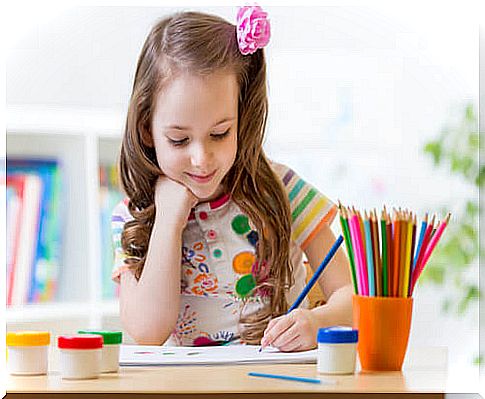
Assessment
In order to assess the performance of the hands and feet, adopt a marking system. For example, mark with a “D” if he does all hand activities using only his right hand and if he uses his left hand for all tasks, mark with an “E”. Repeat the same process for the feet. If the child does not perform all the tests with just one hand or foot, he can indicate each activity with the lowercase “d” or “e”. If you notice that the child is able to use both hands or feet to perform something, mark it with an “A” for ambidextrous.
Do the same thing to assess mastery of eyes and ears. Indicate with a “D” or “E” if he performs all three actions with only one side. Now, if you do two of the three activities with one side and the other with the other, indicate with lowercase “d” or “e”. Likewise, if she uses both sides, put an “A”.
If the final result is DDDD it means that your child is totally right handed. Likewise, the result will be EEEE for a complete stub. A crossed laterality would end in DEDE and in case it is an ill-stated laterality, it would result in a solution like ddDd, for example.
Other ways to find out if your baby is right-handed or left-handed
- By the way you eat. This can be observed from the age of 3 when the child learns to pick up the cutlery.
- When opening a door with the key. Usually a right-hander opens the door to the right side, while a left-handed opens to the left side.
- When turning the lid of a pot. You can ask your child to open the lid of a pot or bottle. If it’s left-handed it will try to open it by turning to the left. If, on the contrary, it is right-handed, it will try to open it by turning to the right.
- When playing some kind of sport. Note which hand or foot he feels most comfortable playing.
It is important to remember that it will not be possible to find out for sure whether your child will be right-handed or left-handed until he starts going to school. Young children go through many changes and processes and therefore it is not possible to define clearly until they grow a little older.
And don’t forget, although there are statistics that support certain factors, it doesn’t influence your children’s ability and intelligence.
